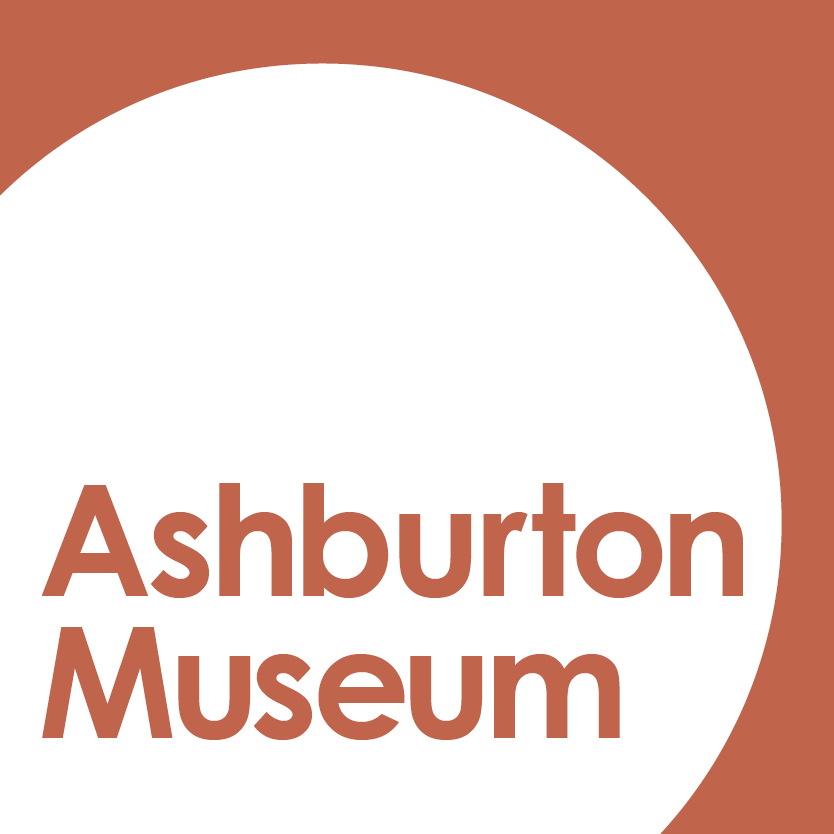Did you survive the invasion?
No I’m not talking about the hordes of people driving through Ashburton during the Easter break; I refer to the influx of Cameron clan members, septs and associates who gathered for their AGM in Ashburton over the weekend.
As the Clan Cameron motto says, Aonaibh Ri Chéile or Let us unite.

It may come as a surprise to some that there is any interest in things Scottish here in Canterbury, the last, if not the furthest bastion of English Anglicanism. However there has always been a significant population of Scottish people in Canterbury.
In fact, some of the earliest settlers, including the well-known Deans family, were Scots Presbyterians. These people, in a somewhat arrogant fashion, are termed ‘pre-Adamites’ implying that it was Godley’s Canterbury Association pilgrims who were the first ‘real’ settlers of the province.
People of different faiths or nationalities were not included in Godley’s vision of a transplanted England.
Gang aft agley
When Godley and Edward Wakefield devised their plan for a settlement, Godley petitioned the New Zealand government for a million acres of land, so there would be no neighbouring community that could taint the unique character of their settlement.
Godley’s plan of a ‘pure’ settlement however, was flawed from the outset. Although the immigrants were handpicked, many by his right hand man Anglo-Irishman James Fitzgerald, some Scottish people were thought suitable enough to join the community and were passengers on the first ships.

Included in the settlement were also a number of Methodists who, at that time, were still considered Anglican. A number of these Methodists, who felt disenfranchised, moved southwards and settled here in Mid Canterbury.
While Scottish people were certainly in the minority in that area managed by the Canterbury Association, the extent of the Association’s influence ended at the Ashburton River.
That area south of Ashburton (including Tinwald) was a no man’s land, until 1853. Settlers from all nationalities were, therefore, able to purchase land in our area.
While many are proud of their connection with Godley’s settlers and can’t imagine Canterbury anywhere else, ‘here’ could well have been in the North Island. A large tract of land near Auckland was offered to Godley by the Government – but thought unsuitable due to ‘native unrest’.
Something that appeals to my Otago background is that Canterbury’s green and flat pleasant land was originally offered for the Scot’s Free Church settlement, however they found it unsuitable, with little timber and light soils, so not useful for oat and grain growing; and so suggested people into stock, meaning English farmers, be offered it.
Auld lang syne
There is no doubt that people, however adventurous they may be, tend to settle in locations that remind them of home. This is not just sentimentality; it makes great sense. Settling in a region that has similar climates, soils or resources, such as timber or stone, to the one you left, enables you to adapt quickly and so succeed.

Understanding the environment and appreciation of the landscape was one reason that Ashburton District’s percentage of ‘Scottishness’ increases as the terrain becomes hillier.
Those closest to the main divide were more likely to be Scots and especially highland in decendency than on the flat.
This, coupled with the clan background of highlanders, like the Camerons, saw whole groups move into the area of Methven, once known as Canterbury Highland Village.
It should be noted though, that they didn’t shift here as a direct result of the Highland Clearances, although this was part of the back story of the generations prior.
Farmers, both English and Scot, appreciated the knowledge and determination of highland farmers and often placed advertisements in highland newspapers to entice men and their families to migrate.

We are all proud kiwis, however, especially with the Commonwealth Games occurring at the moment, we should take time, also to recall and celebrate the various nationalities that make up our genetic and cultural background.
Such gatherings as the Clan Cameron get together also reminds us of the cultural diversity that continues to make Ashburton District an interesting place to live.
By Kathleen Stringer
Captions
- Probably the most well-known Cameron in Ashburton District was Duncan, who owned Springfield estate near Methven. Born in Invernesshire, Duncan was connected to the two main branches of the clan on both his paternal and maternal side.
- The Ashburton County Society played to significant part in fostering things Scottish, for Cameron’s and other Scottish migrants. This image shows a ball at Radiant Hall in 1973, with debutantes being presented to Chief Don McPherson and his wife.
- Originally used to led fighters into the battle (and to scare the enemy) war pipes have been transformed into a more gentler, if just as stirring, accompaniment for a number of activities. Here the Ashburton County Scottish Society Pipe Band is about to lead the grand parade at New Zealand’s first traction engine rally held near Tinwald on Saturday October 18, 1958.
- While happily kiwi, many families still adhere to some traditions of their homelands Food, music and, as seen here, dress are often the easiest way to continue to show your connection to Home, here the older Burgess brothers: George; William; Edward (with a hint of tartan), wear ‘ordinary’ clothes, while younger brother, Gordon is bedecked in highland attire.

Leave a comment